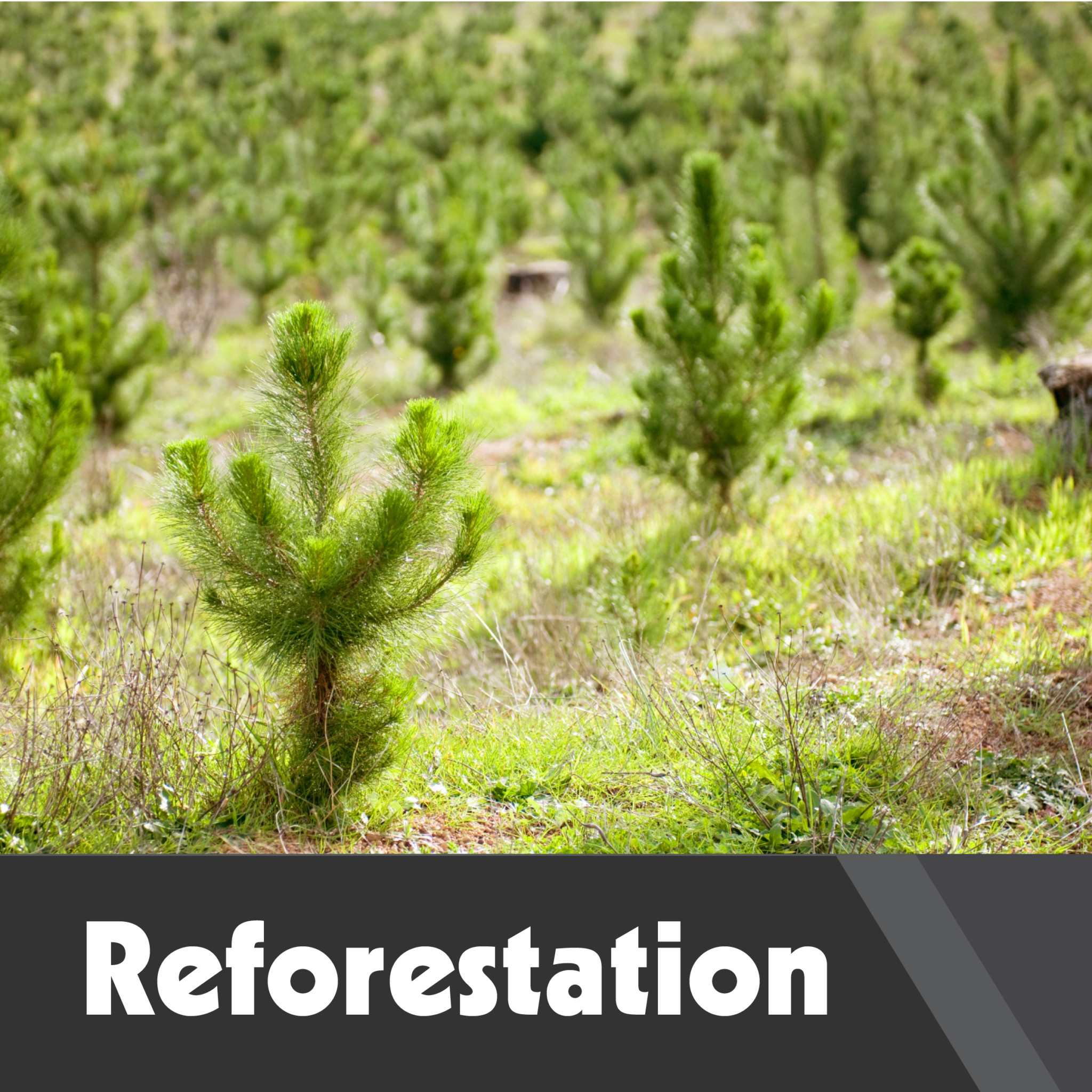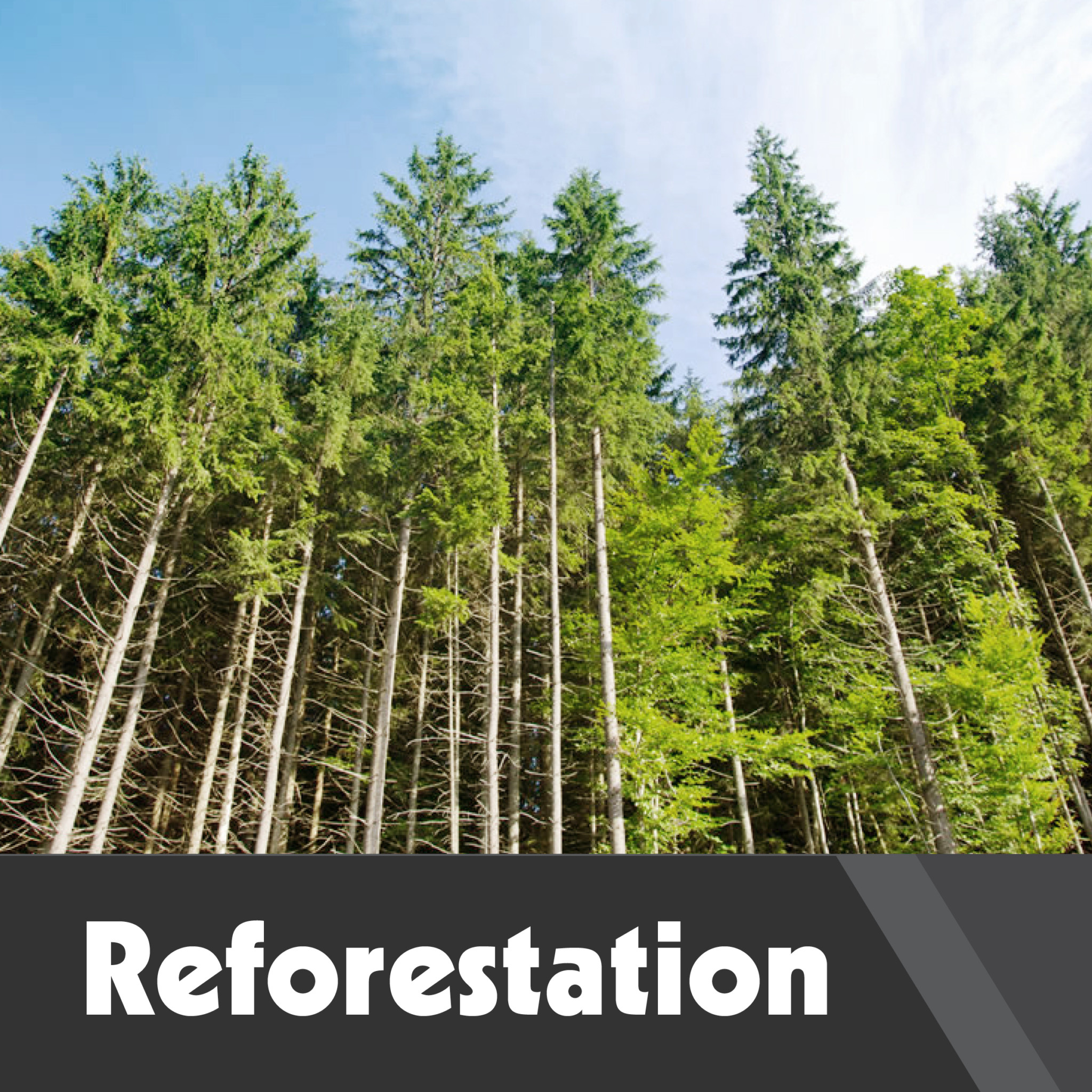How can we save the forests?
It may be time to reconsider the thinking that “going green means going paperless”. Recent research shows that this is most often not the case.
Schools and businesses alike are being encouraged to go digital. We are often asked to refrain from printing things like invoices, emails, or even print media unless it is absolutely necessary. However, these efforts may actually be hindering our forests rather than helping them.
Responsible Paper Producers
In February 2016, a study was conducted by Dovetail Partners, an environment, and forestry research center, on the effect of paper use on forests. The findings were astonishing: the increase in demand for paper and other wood products strongly correlates to the well being of the nation’s forest supply. It turns out that the number of trees on managed U.S. forest ground has been considerably increased over the past 60 years due to responsible forestry practices.
Not only is using paper in the U.S. not bad for the environment, it is good for it. Trees are not like oil, which cannot be renewed, but rather like a fruit or crop, in which eating more will result in more plants or farms. Using more trees, in general, will guarantee the forests’ health due to higher demand. On the flip side, if efforts to reduce wood and paper markets succeed, the result will likely be that the land will be used for other means and the trees may not be replenished. This would cause a loss of forest lands over an extended period of time.
Responsible Paper Consumers
Besides a forest’s renewability, recycling paper is helping too! Paper is one of the most recycled products in the world. We may often be told about “all the paper we waste”, but paper has a 65% recovery rate and that number is improving. Great job, America!
Though we could say it would be better if everyone recycled all the time, even paper that makes it into the trash is practically harmless for the earth. Paper takes less time to completely break down than nearly every other item in the landfills, including apple cores and orange peels.
The Digital Dent
Finally, paper’s digital counterpart is not off the hook. Studies show that the use of electronics is leaving a bigger footprint in the environmental soil than the use and renewal of trees. According to the Natural Resources Defense Council, small network equipment in America’s homes results in 5 million metric tons of CO2 emissions each year, equivalent to 1.1 million vehicles. E-waste is a growing concern due to the increasing volume of non-renewable materials that are being used up in manufacturing.*
All products have impacts on the environment and the key is to produce and manage them responsibly. Paper is one of the most sustainable products around us, so enjoy it, and save the forests in doing so!
*For more information on E-waste, view the article by twosidesna.org








